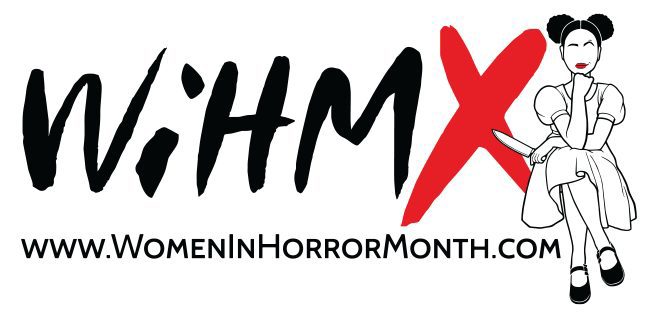Ladies of Gothic Horror: A Collection of Classic Stories edited by Mitzi Szereto
Midnight Rain Publishing, 2019
ISBN-13: 978-1794556317
Available: Paperback, Kindle edition
Next time someone says that women can’t write horror fiction, point them to this book. In Ladies of Gothic Horror, Mitzi Szereto has collected 17 stories by women writers of the 19th and early 20th centuries that will creep you out, chill your bones, and check the locks on your doors. While some names may be more familiar to readers of supernatural fiction, such as Mary Shelley, Mary E. Wilkins Freeman, and Charlotte Perkins Gilman, many of the stories are by women writers better known for other works: Edith Nesbit is chiefly known for her children’s books, Elizabeth Gaskell for her social realist novels, Edith Wharton for her novels about the American upper class, Virginia Woolf for her modernist and feminist writings, Helena Blavatsky for her theosophical and occult work. Szereto follows each of the stories with a detailed biographical note about the author, when that information is available (very little is available on Eleanor F. Lewis, who evidently wrote only two stories– it’s too bad she didn’t write more).
Many of these women were supporting their families by writing for magazines, and their writing can be dramatic, depending on stereotypical characters, but they also skillfully build suspense and atmosphere, administer retribution, and illuminate tragedy. Standout stories include Gertrude Atherton’s “Death and the Woman”, which manages to create dread and suspense without ever having the main character leave her husband’s bedside; Edith Nesbit’s “Man-Size in Marble”, in which a newlywed husband discovers why you should pay attention to your housekeeper; Mary Elizabeth Braddon’s “The Cold Embrace”, in which a young man learns that having your fiancee return from the grave is not actually romantic; Edith Wharton’s “Afterward”, in which an American couple discover that an English haunting is no joking matter; and Charlotte Perkins Gilman’s famous “The Yellow Wallpaper”. Elia W. Peattie’s “The Room of the Evil Thought” and Eleanor F. Lewis’ “The Vengeance of a Tree” are brief, terrifying stories of strange hauntings. Helena Blavatsky’s “The Ensouled Violin” is positively gruesome. The collection ends with Virginia Woolf’s “A Haunted House”, a much lighter piece than the rest, that provides a satisfying conclusion.
Ladies of Gothic Horror does a valuable service by spotlighting supernatural and gothic works by women writers better known for other work and by introducing some of the 19th and early 20th centry women writers of supernatural fiction that can still be found in print (some, like Mary E. Wilkins Freeman’s The Wind in the Rose-bush, are even available free on Kindle). While there are a few writers, like Eleanor F. Lewis, who may have been previously unknown, this book makes a good starting place for further investigating works by women writers of supernatural and gothic horror from the time period. There are few other anthologies similar to it that are still in print, although I expect we will see more now that people are discovering women writers of horror through the just-released Monster, She Wrote by Lisa Kroger and Melanie Anderson, which we recently reviewed. Ladies of Gothic Horror is a great opportunity for widening your horizons and experiencing the chills, suspense, and terrors, that can be found in these women’s works. Highly recommended.








Follow Us!